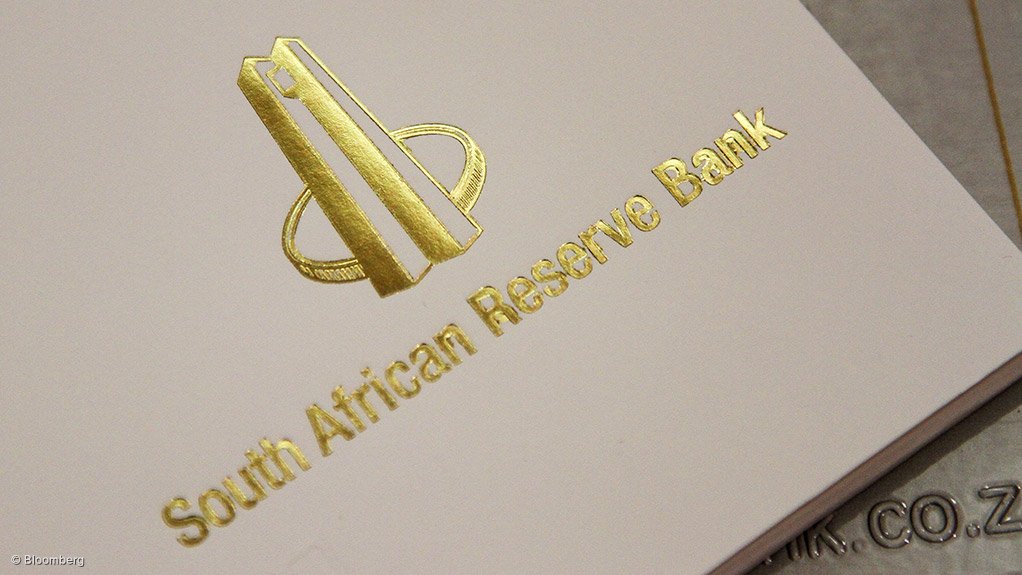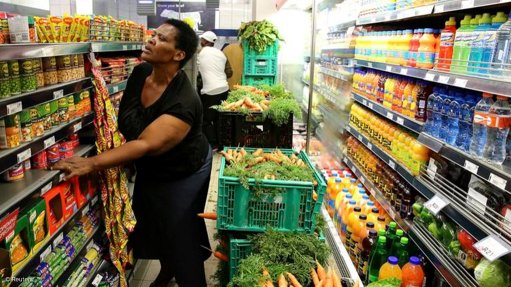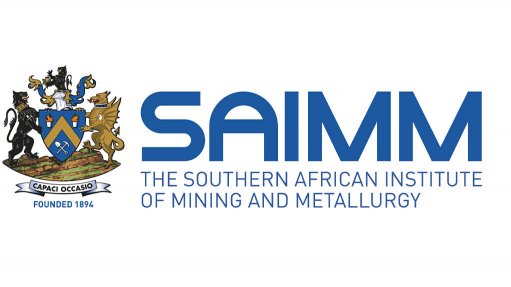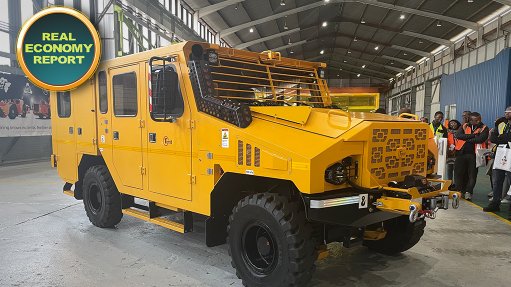Stronger growth projected for sub-Saharan Africa this year


The SARB is expected to cut by another 25 basis points in July
Photo by Bloomberg
Global conditions are more favourable, supporting firmer economic growth in sub-Saharan Africa, financial organisation Nedbank Group’s economic unit notes in its ‘Africa Insights for sub-Saharan Africa’ report, published this week.
The report outlines that international geopolitical tensions are easing.
The security situation in sub-Saharan Africa is said to be stable in most areas, barring the few trouble spots in the Sahel, Sudan, northern Mozambique and the eastern Democratic Republic of the Congo.
Stimulatory measures in China are expected to support economic activity in the world’s second-largest economy.
However, a considerable rise in commodity prices is unlikely as China’s high infrastructure development growth phase has almost ended, the report states.
Inflation is expected to ease as drought effects in Southern Africa moderate, while subdued oil prices will help contain fuel prices in most economies.
Lower global inflation and falling interest rates are expected to support demand for African exports.
However, the risks to this scenario are tilted to the upside.
Risks to higher growth will emanate from trade tensions if the US government forges ahead with its mooted universal tariff policy, Nedbank warns.
The strong dollar will also hurt growth prospects in economies with elevated external financing needs, primarily in relation to high foreign debt repayment obligations, it adds.
Overall, the unit expects firmer growth and lower inflation in the region between this and next year.
The International Monetary Fund forecasts sub-Saharan growth at 4.2% for 2025 and 2026, faster than the projected global growth of 3.3% a year.
The World Bank projects a similar trajectory: regional growth of 4.1% and 4.3% over the two years.
With regard to monetary policies, these trends have fluctuated in line with regional economic conditions.
The unit expects the South African Reserve Bank (SARB) to adopt a cautious stance after cutting by 75 basis points since September 2024.
Although the inflation outlook remains moderate, the exchange rate has come under renewed pressure, while the US Federal Reserve’s pause will likely persuade many emerging market central banks to hold off further cuts for some time.
The unit expects the SARB to cut by another 25 basis points in July.
In terms of exchange rates, the report shows that African currencies stabilised, but some experienced deep depreciations.
Most currencies in the region recorded smaller losses last year, supported by easing monetary policy in advanced economies.
However, the relative stability was not broad-based, with some units recording even deeper depreciations owing to a combination of factors. The primary drivers were indicated to be short-term external financing pressures, heightened geopolitical tensions, regional conflicts, declining commodity prices (excluding gold) and discrete devaluations.
The currencies of gold-exporting economies somewhat benefited from the higher price of the safe-haven asset.
The South African rand edged higher after sentiment was boosted by the formation of the Government of National Unity in July last year, with the SARB’s cautious stance on interest rate reductions adding some support, the report avers.
However, the currency weakened from the second week of November as the dollar surged following Donald Trump’s election victory.
The unit was down by 3% in 2024 after dropping by 7% in 2023.
This year, the sub-Saharan Africa exchange rates are expected to remain under pressure as the US dollar benefits from the Trump administration’s inward-focused policies.
Higher commodity price movements would be critical for exchange rate gains, while countries faced with elevated foreign payments will likely continue to experience sharp devaluations, the report posits.
Commodity prices recovered slowly last year, driven by shifting expectations regarding supply management, escalating geopolitical tensions, trade restrictions and weather-related supply shocks.
The report says that prospects for substantial gains in commodity prices are limited this year. However, gains could be contained by weaker-than-expected global industrial activity and the impact of US import tariffs.
Agricultural prices are expected to be mixed, with grains and oils set to edge lower as favourable weather boosts supply.
Comments
Press Office
Announcements
What's On
Subscribe to improve your user experience...
Option 1 (equivalent of R125 a month):
Receive a weekly copy of Creamer Media's Engineering News & Mining Weekly magazine
(print copy for those in South Africa and e-magazine for those outside of South Africa)
Receive daily email newsletters
Access to full search results
Access archive of magazine back copies
Access to Projects in Progress
Access to ONE Research Report of your choice in PDF format
Option 2 (equivalent of R375 a month):
All benefits from Option 1
PLUS
Access to Creamer Media's Research Channel Africa for ALL Research Reports, in PDF format, on various industrial and mining sectors
including Electricity; Water; Energy Transition; Hydrogen; Roads, Rail and Ports; Coal; Gold; Platinum; Battery Metals; etc.
Already a subscriber?
Forgotten your password?
Receive weekly copy of Creamer Media's Engineering News & Mining Weekly magazine (print copy for those in South Africa and e-magazine for those outside of South Africa)
➕
Recieve daily email newsletters
➕
Access to full search results
➕
Access archive of magazine back copies
➕
Access to Projects in Progress
➕
Access to ONE Research Report of your choice in PDF format
RESEARCH CHANNEL AFRICA
R4500 (equivalent of R375 a month)
SUBSCRIBEAll benefits from Option 1
➕
Access to Creamer Media's Research Channel Africa for ALL Research Reports on various industrial and mining sectors, in PDF format, including on:
Electricity
➕
Water
➕
Energy Transition
➕
Hydrogen
➕
Roads, Rail and Ports
➕
Coal
➕
Gold
➕
Platinum
➕
Battery Metals
➕
etc.
Receive all benefits from Option 1 or Option 2 delivered to numerous people at your company
➕
Multiple User names and Passwords for simultaneous log-ins
➕
Intranet integration access to all in your organisation


















